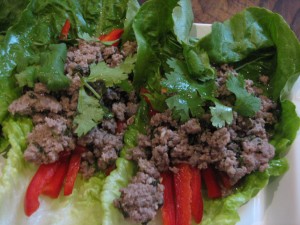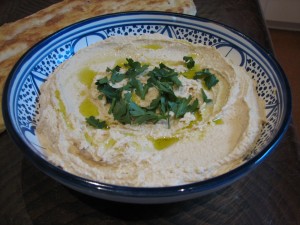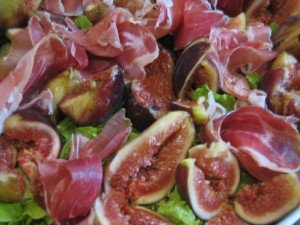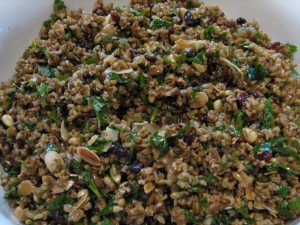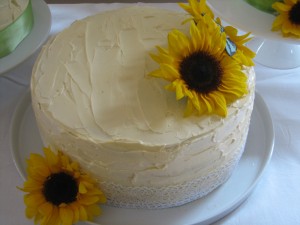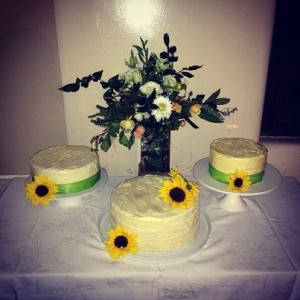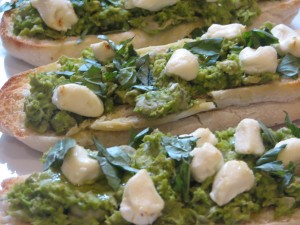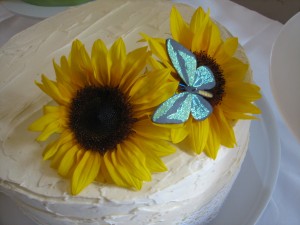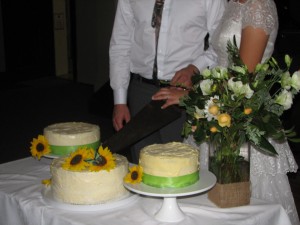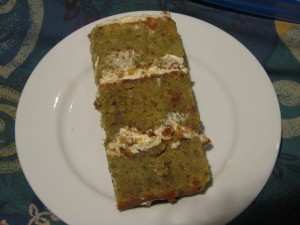One of my previous posts “Divine Paschal Lamb–My look at Easter feasting” looked at some of the symbolic foods of the Easter celebration, with an emphasis on these feast day foods being just that–symbols, and that they should not be, in church life, a mandatory thing to eat or not to eat.
Interesting conversations have occurred since that post. We are free not to be obliged to eat certain foods, yet we are also free to eat foods that may have symbolic meaning for some, but with the understanding that they are not a means of redemption or automatic connection with God, but are none the less celebratory, connect us with family traditions, and remind us of God’s character and Jesus’ sacrifice (hospitable, generous, gracious, sacrificial provider).
In this freedom, I have decided to give a few recipes for Good Friday and Resurrection Sunday. I do have an issue with the over-emphasis on or use of chocolate bunnies and eggs. I just think it is unhealthy and pretty much pure commercialism.
Hot Cross Buns (based on a NoKnead recipe (from Jill):
Ing:
10 cups unbleached no-knead flour
1 ½ tablespoons dry active French yeast
1200 ml very warm water (37 degrees)
2 teaspoons cold pressed oil
4 teaspoons salt
2 tablespoons butter
500g dried fruit (I use 250g chopped moist dried figs–not dessert figs–and 250g sultanas)
½ cup skim milk powder
2 heaped tablespoons mixed spice
1 heaped teaspoons cinnamon
1 level teaspoon nutmeg
2 tsp ground cardamon
Preheat oven to 230°C.
Mix all dry ingredients together. Rub butter into the dry ingredients. Make a well. Add oil to warm water and pour into center of well. Pour in 1000ml to start with, then add more as needed to bring dough together.
Mix thoroughly, cover dough with cling wrap and set aside to double in size.
Flour board or bench well, remove cling wrap and turn dough on to floured board. Using a large knife or spatula, turn the outside of the dough into the center, then gently consolidate (like scone dough) by turning the outside edges into the centre by hand. Roll the dough over, brush off excess flour from dough and from the board.
To shape the buns, you will need a high sided baking tin–a Swiss roll tin is suitable. Cut off a piece of dough approximately the size of a small orange, gently turn the outside edges into the center, turning the bun around on the spot at the same time until the bottom of the bun becomes smooth.
Place in a well-oiled tin, making sure the first bun is tucked right into the corner of the tin.
Continue to make the other buns in the same way, making sure each bun touches the next one. Continue in this fashion until the entire tray is full and the bottom of the tray is not visible.
Spray generously with water.
Allow to prove (double in size), then place into hot oven.
Cook for 25 minutes.
Whilst the buns are cooking, mix ½ cup of unbleached flour with enough water to make a paste the consistency of a stiff batter. Place in a piping bag.
When the buns have been cooked for 25 minutes, pipe the crosses on to the buns. Not individual crosses but pipe the length of all the buns, then pipe the width.
Return to the oven for a further 10-15 minutes.
I glazed this batch with a cardamon /ginger marmalade infused syrup (no ginger bits).
Note: because these buns have been removed from the oven for a short time, you must allow an extra five minutes for the loss of heat. Normally the buns take 35 minutes but will possibly require a further 5-10 minutes. They should be watched at this time. This recipe makes at least 20 smaller buns.
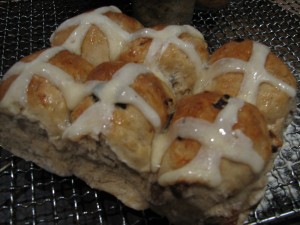
My Kedgeree (a tweak on Jamie Oliver’s tweak)
Ing:
2 eggs
680 g smoked trout, skinned, boned and flaked
170 g long grain rice
115 g butter
1 medium red onion
1 clove crushed garlic
2 tsp curry powder
2 lemons
Bunch coriander, cleaned and chopped.
Method:
Hard boil eggs and cool. Shell.
Cook rice in salted water for about 10 min, drain and set aside.
Melt butter in pan over low heat and cook onion and garlic for about 5 mins. Add curry powder and cook for a couple more min. Add the juice of 1 lemon then stir in rice. Fold in trout and gently heat through. Take off heat. Fold in coriander. Serve in bowls and top with wedged eggs and some lemon wedges to squeeze on.
Spiced lamb tagine with preserved
lemon and green olives
(serves 8)
Ing:
olive oil mild in flavour
3 sticks celery, small dice
2 carrots in small dice
2 medium brown onions, finely diced
1 clove garlic, finely chopped
2 tbsp Ras el hanout
pinch saffron threads
1 boned lamb leg approximately 1.5-2kg cut into 6cm pieces
2 x 400g tins chopped Italian tomatoes
2 bay leaves
2 sprigs thyme
1 cup pitted green olives, cut in half
1 tbsp julienne of preserved lemon
salt and pepper
1 cup picked and washed coriander leaves
1 cup picked and washed parsley leaves
steamed couscous, to serve
harissa to taste
Method:
In a saucepan large enouqh to hold the lamb, heat a
good splash of olive oil, add the vegetables and garlic
and cook over low heat for 15 to 20 minutes or until
completely soft but not brown. Add the spice mix and saffron
to the vegetables and increase the heat to medium
and stir for 2 minutes, then add the lamb, tomatoes,
bay leaves, thyme, and enough water to
cover the lamb. Bring to the boil
then reduce the heat to very low and simmer very
gently for 2 hours or until the meat is very tender.
Add olives and preserved lemon.
Season to taste with salt and pepper, (and add harissa
if you want it hotter), then transfer
to a tagine dish for serving.
Scatter the herbs generously over the top and serve
immediately, with steamed couscous on the side.
May this Easter time be a significant time of reflection and celebration of God’s generous love, mercy and grace to all, as seen in Jesus.
